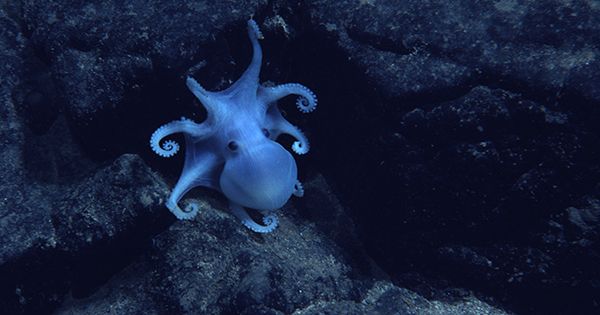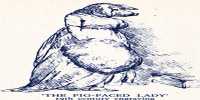A team of marine scientists from the National Oceanic Atmospheric Administration (NOAA) described the moment when a bizarre new species crossed the coast of Puerto Rico in a new study published in the journal Plankton and Benthos Research. Aliens A new species of shoulder jelly was discovered, a group of animals that, despite their similarities, are not closely related to jellyfish.
Also known as ctenophores (with a silent ‘C’), comb jellies pump eight rows of comb-like cilia that reflect light and create a colorful display as they flow through the water. They are muscle animals that feed on small arthropods and larvae. It’s a popular saying that mankind knows more about the surface of the moon than the bottom of the ocean, so it’s probably not surprising that every now and then the Battle region surprises.
The new species discovered by the NOAA Fishery Research Team is named Duobrachium sparksae and was found through the Deep Discover, a remote-powered vehicle (ROV). Using high-definition footage captured by ROV, scientists were able to safely test the new creature on dry land and its identification as a novel species. In the video below (after 1:28) you can see the moment when they are looking at something unknown in science.
The high-resolution images adopted by Deep Discover are capable of measuring structures less than millimeters and there is no need to observe a sample under a microscope where it is possible to avoid using samples to detect a clump of jelly that has parks.
“We did not have the capacity to collect samples at ROV at that time,” NOAA fisheries scientist Allen Collins said in a statement. “Even if we had the equipment, there would be very little time to process the animal because gelatinous animals do not store very well; ctenophores are worse than jellyfish in this case. High-quality video and photography were important to describe this new species. “
“We’re not sure about their role in the ecosystem,” said Mike Ford, an NOAA fisheries scientist. “We can consider that it plays a similar role with other ctenophoresnear the ocean floor and has some similarities with other ctenophores in the open sea. In relatively small areas we have seen the species three times; hopefully, that doesn’t mean they’re too rare. “















